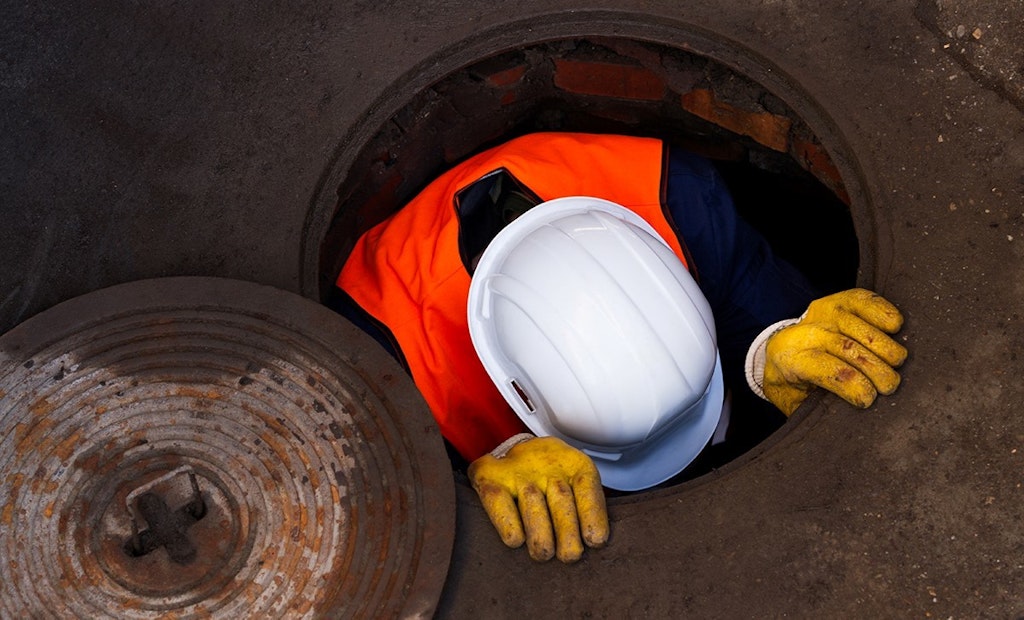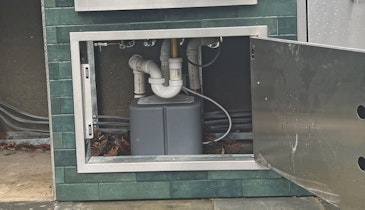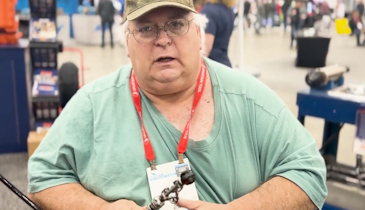The keys to safe confined-space entry are thorough training, planning and preparedness. Learn how your team can take on confined spaces in the safest way possible.
Develop a plan
You need a plan for confined-space entry, not just for emergency preparedness, but because OSHA requires it.
When developing your plan, consider these things:
- How will you prevent unauthorized entry to the space?
- How will you identify and evaluate hazards before anyone enters?
- What are the acceptable entry conditions?
- How will you test the conditions for entry and monitor the space during entry?
- What safety procedures and practices do you need to follow?
- What responsibilities does each employee have?
- Who is the entry supervisor who will have an active role in entry operations?
- What personal protective equipment will you provide and what are the guidelines for its use?
- Who will serve as an attendant outside the space?
- What is your emergency rescue plan?
- What is the system for using entry permits?
- How and when will your procedures be reviewed and revised?
Train your team
OSHA requires that all employees be properly trained to safely do their jobs. Before any worker enters a confined space, the employer should provide thorough training on hazards and procedures.
You should ensure that all workers have the understanding, knowledge and skills necessary to safely preform their assigned duties. Provide this training before the worker is assigned to enter a confined space, whenever there is a change in operations or procedures for confined-space entry, and if the worker’s actions show that they need a refresher on confined-space safety.
Take safety precautions
Follow these steps from OSHA to protect yourself and your team from the unpredictable hazards of sewers.
- Follow the plan. Follow the written plan every time you enter a confined space. Only team members who have been properly trained and have shown that they will follow all safety procedures should perform a confined-space entry.
- Prepare for atmospheric monitoring. Equip your employees with atmospheric monitoring equipment and train them to use it. You should be able to monitor oxygen concentration, flammable gas or vapor, hydrogen sulfide and carbon monoxide.
- Check for surge flow and flooding. Work with the local weather bureau and fire and emergency services so that sewer work can be delayed or stopped when sewer lines might suddenly be flooded by rain or fire suppression activities, or whenever flammable or other hazardous materials are released into sewers during emergencies. Train workers in the use of — and make sure they use — an early-warning system to provide them with enough notice of a surge to exit the space safely.
- Use special equipment. Some spaces, like large bore sewers, may require you to use special equipment. This might include a self-contained breathing apparatus with at least a 10-minute air supply, waterproof flashlights, and radios.
Plan for emergency rescue
You must have an emergency plan so that any worker who becomes sick or injured in a confined space can be evacuated quickly and safely.
Rescue operations in confined spaces are dangerous. It is safer for workers to be rescued without anyone else having to enter. Your emergency rescue procedures should allow for non-entry rescue using retrieval equipment such as tripods, anklets and wristlets.
What if non-entry retrieval systems aren’t feasible or don’t work? Your emergency rescue plan should include procedures for a rescue team to enter the space. The rescue team must be properly trained and have all the appropriate equipment to safely enter a confined space and retrieve the injured entrants.
Confined-space entry is inherently dangerous. Thorough training, planning and preparedness will allow your team to take it on in the safest way possible.






